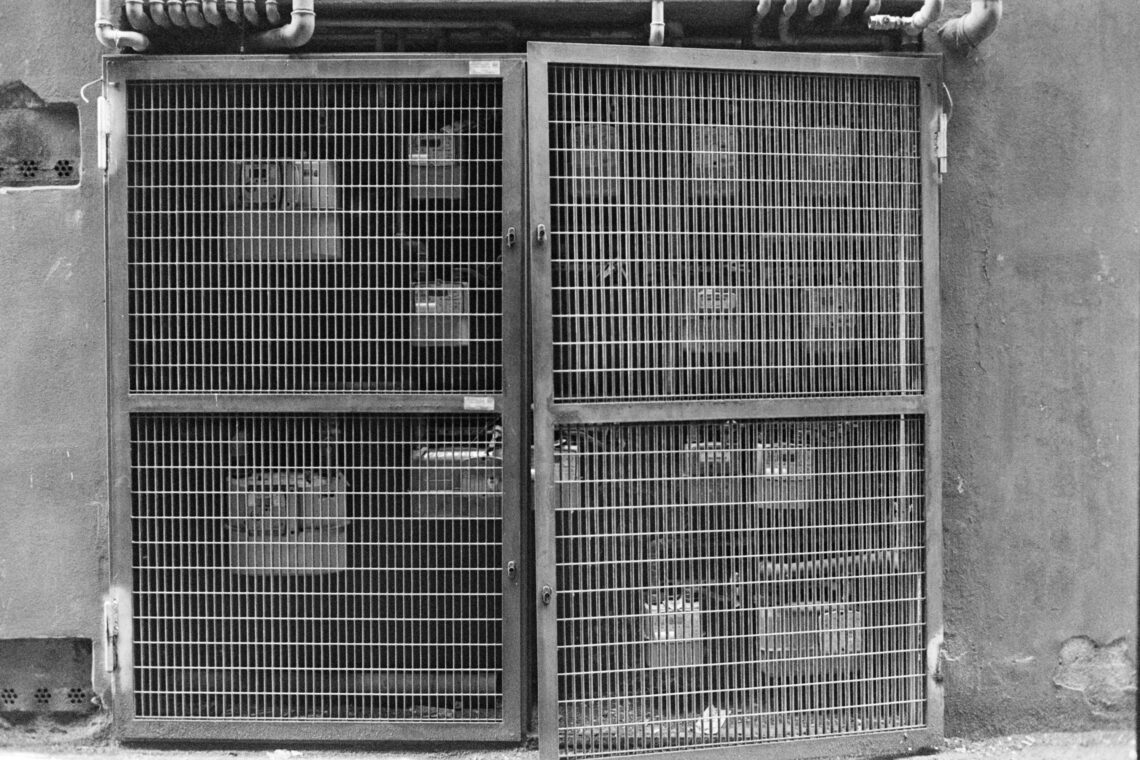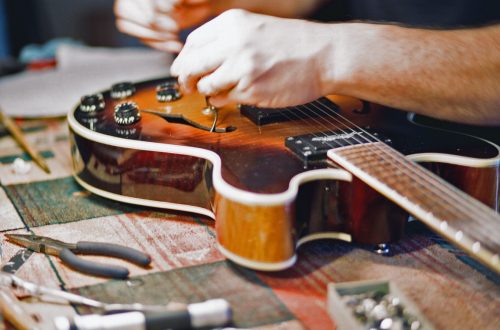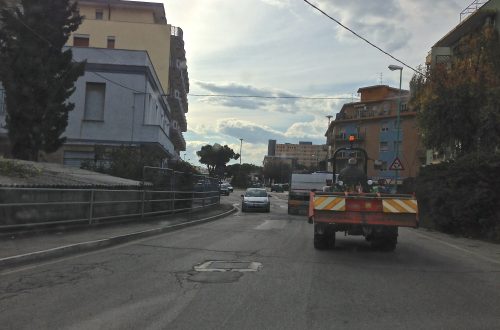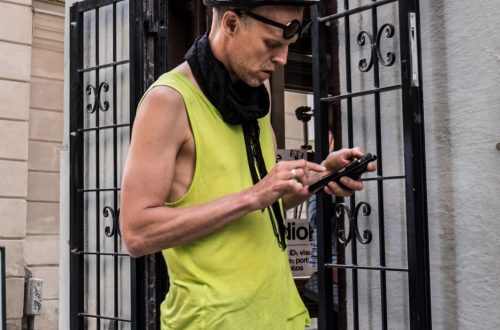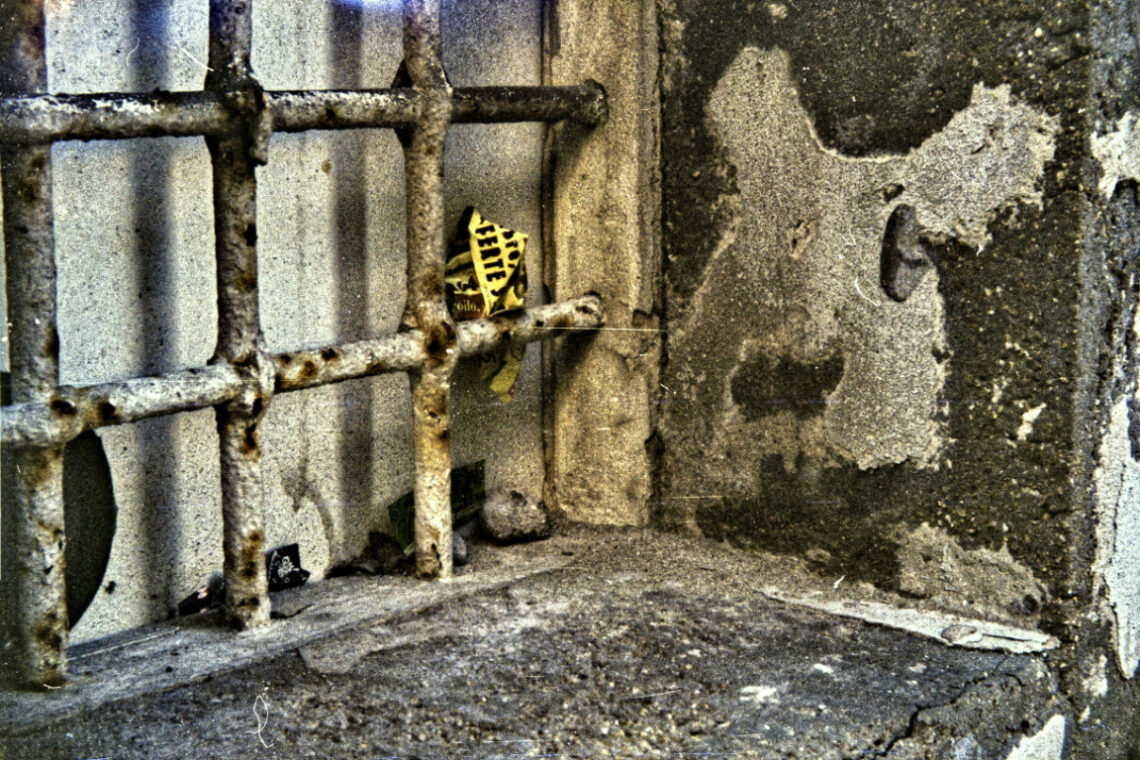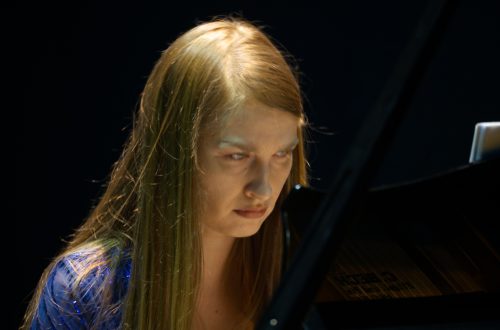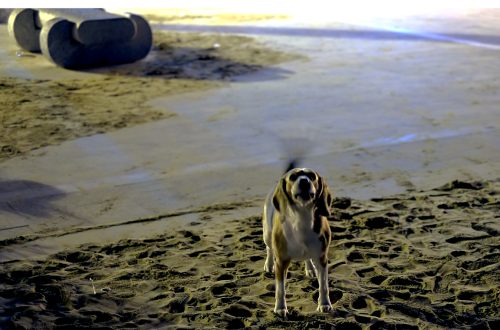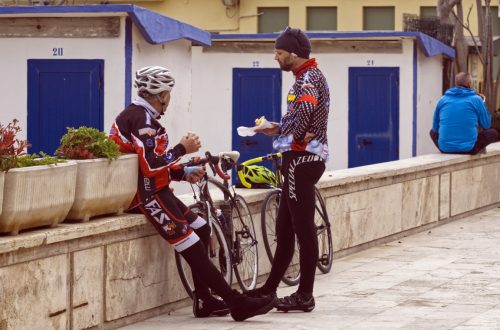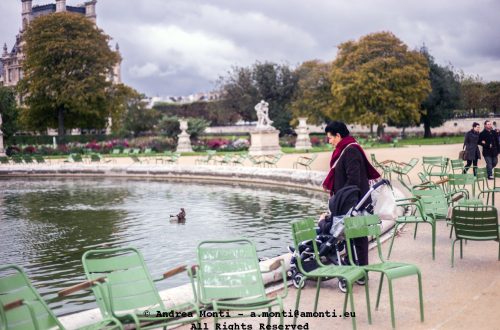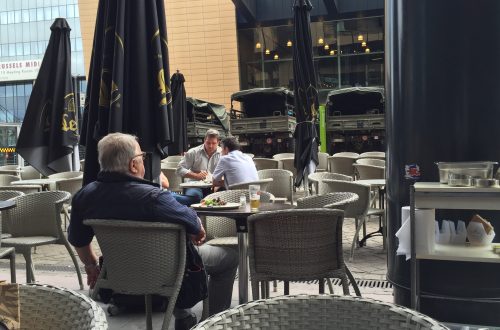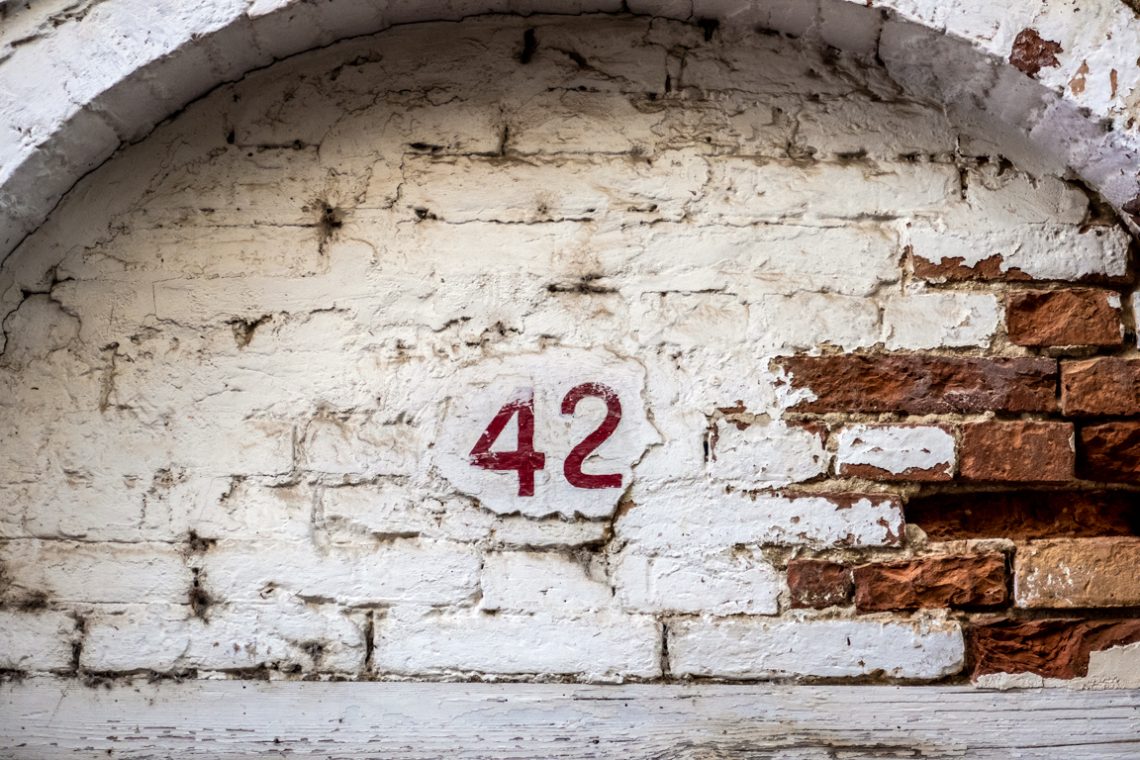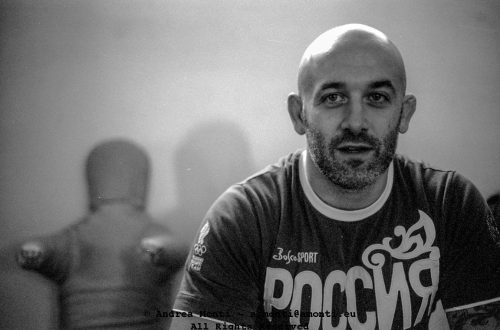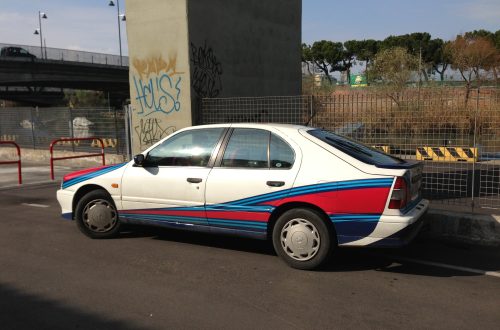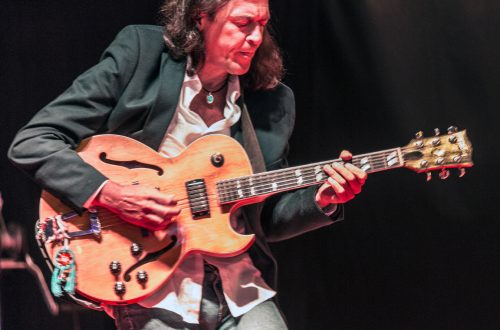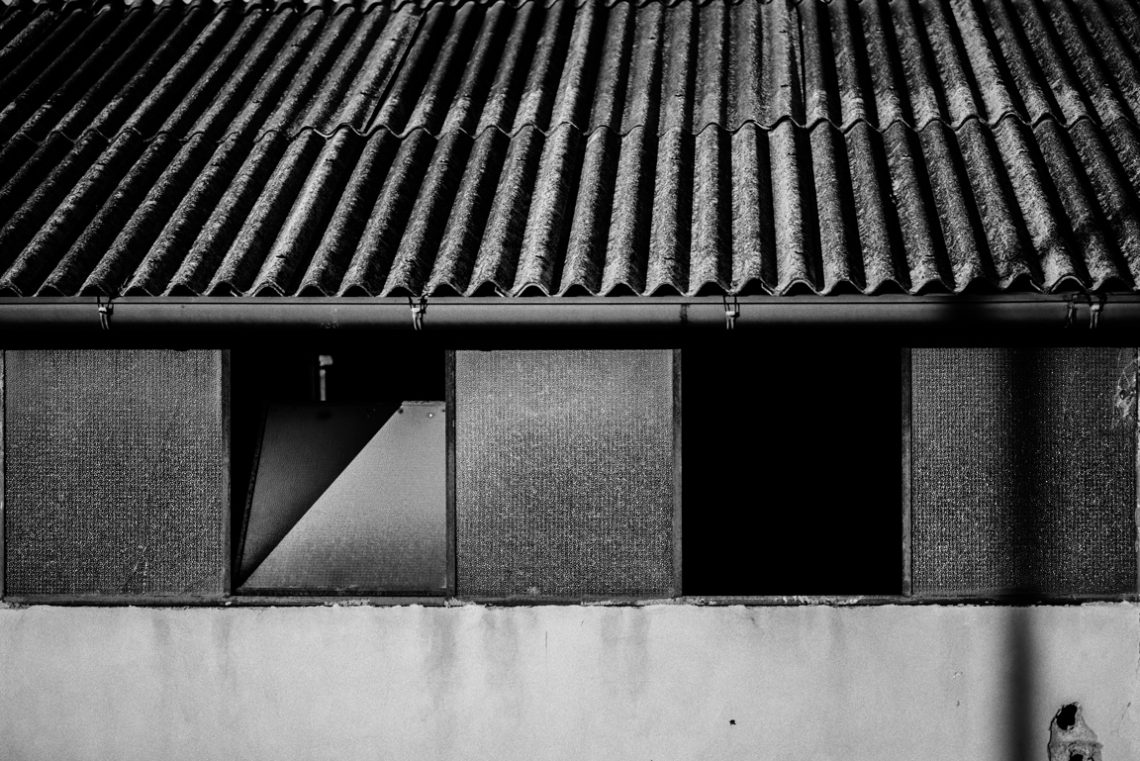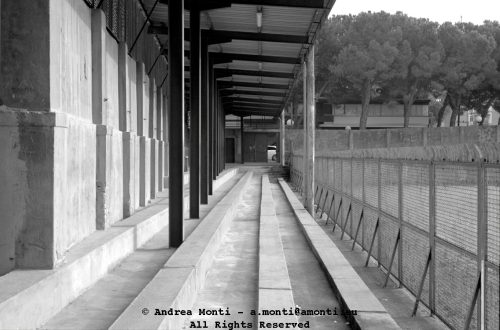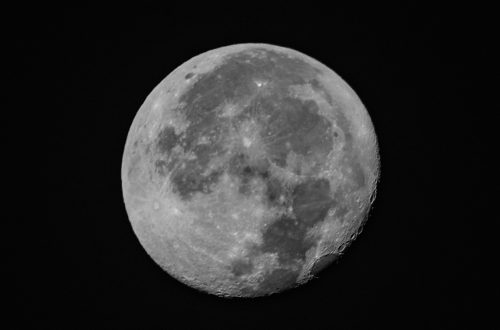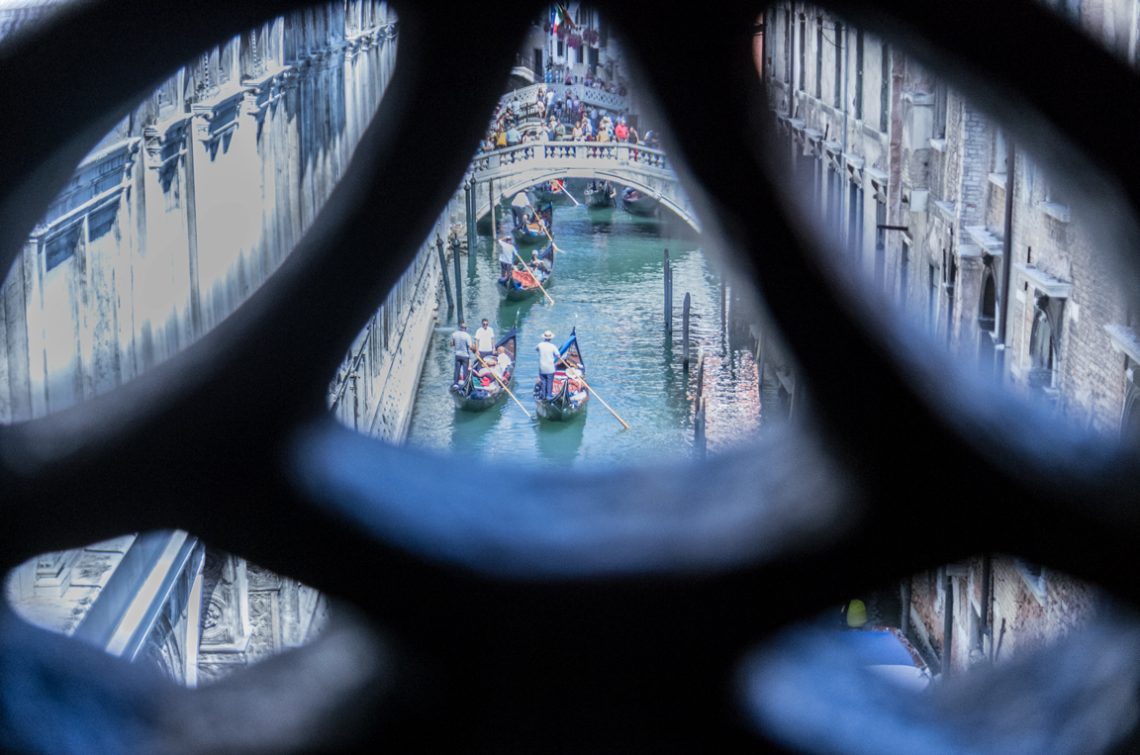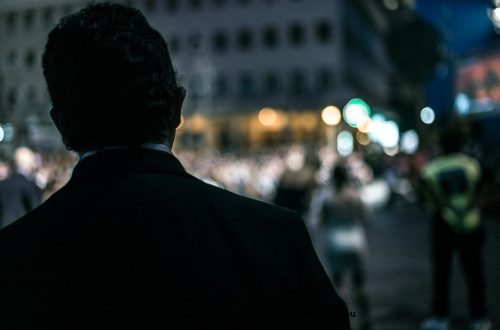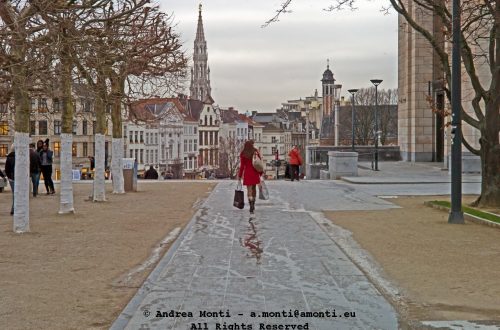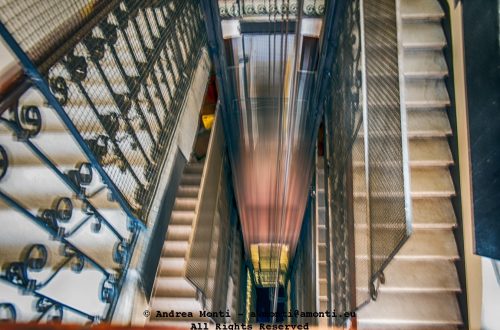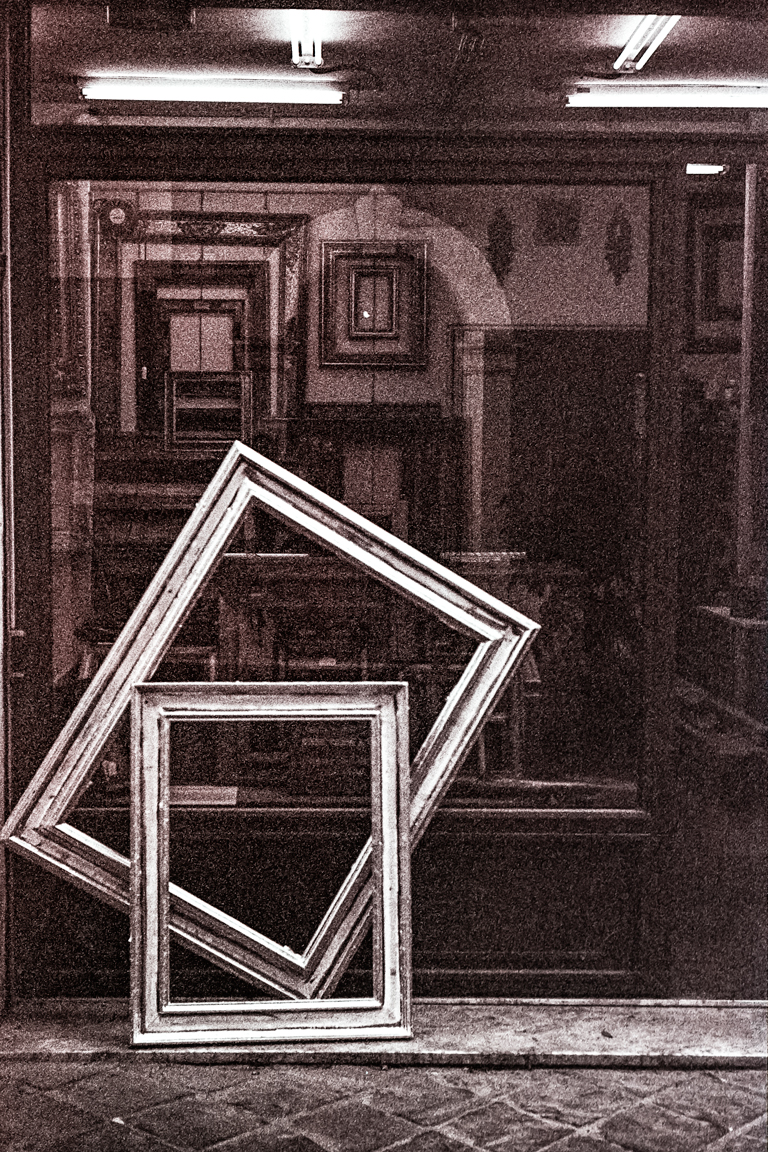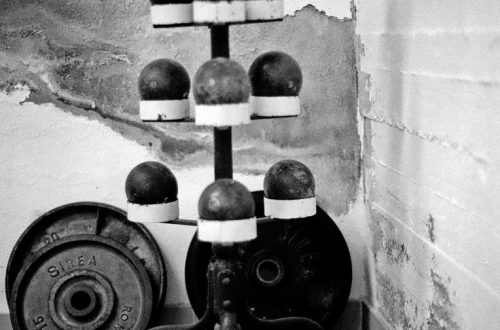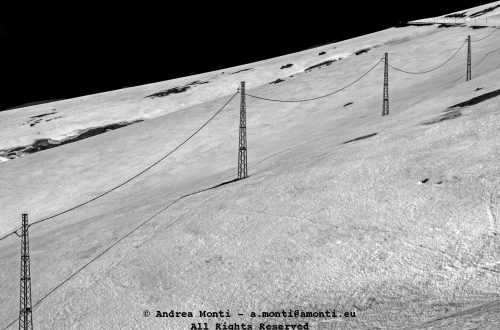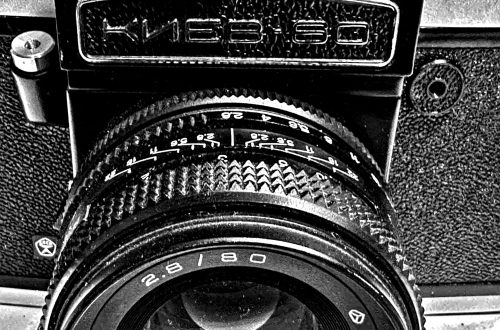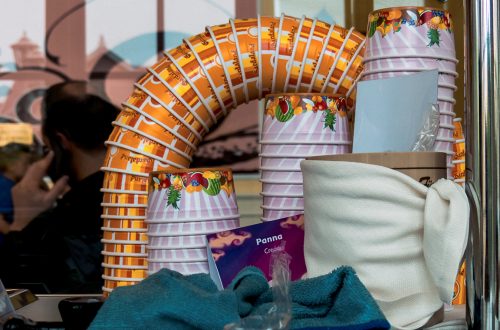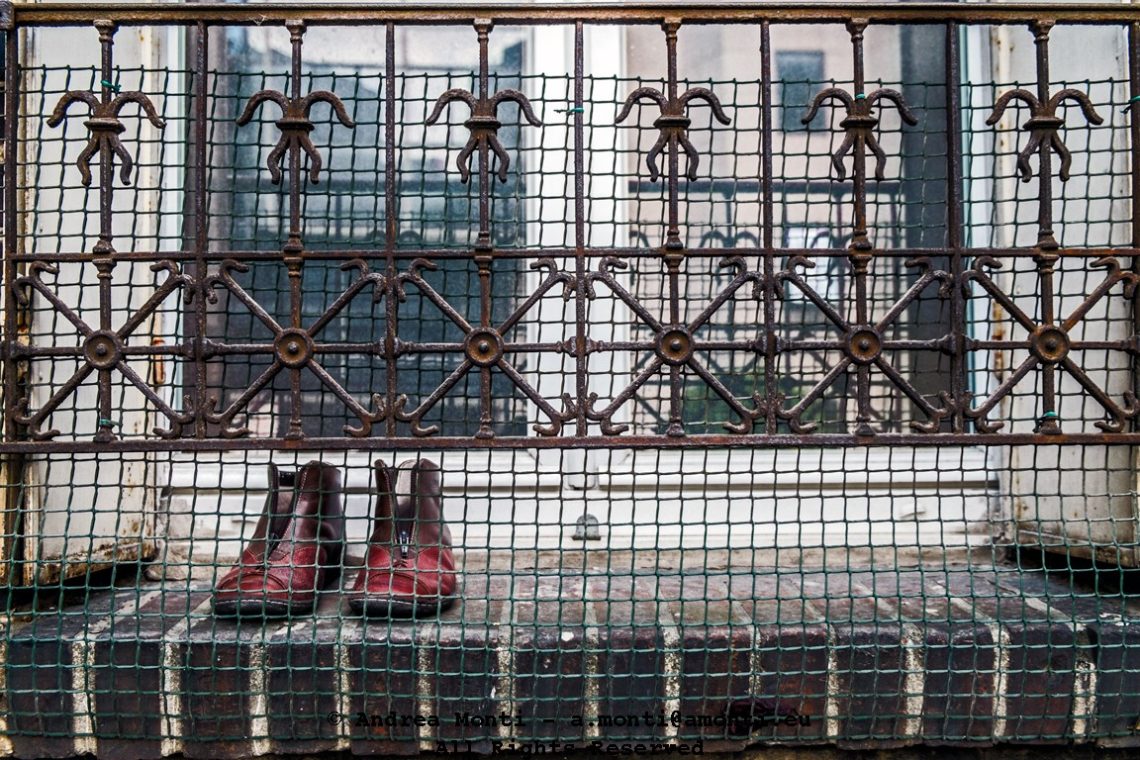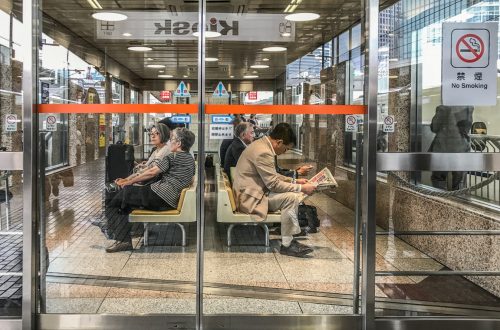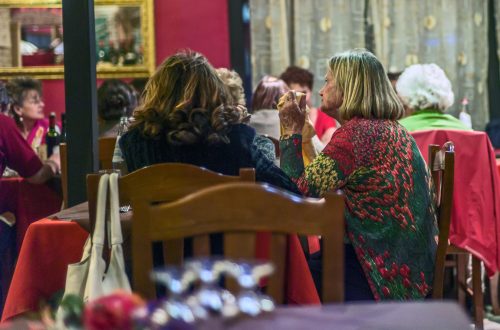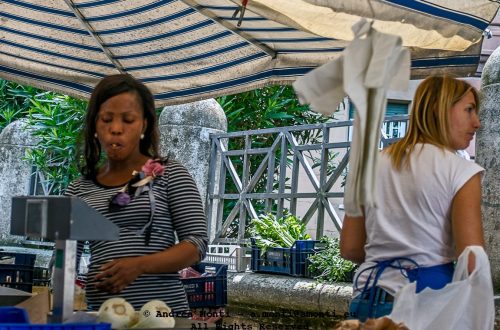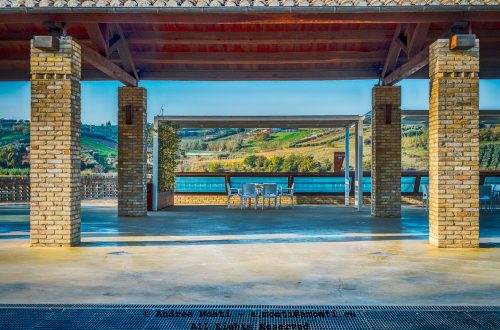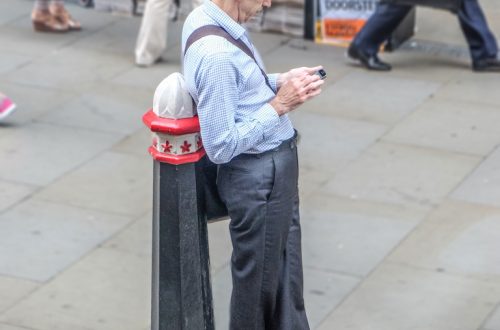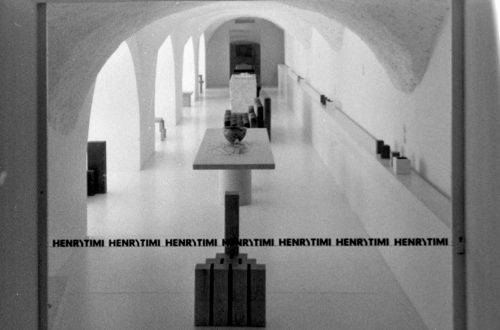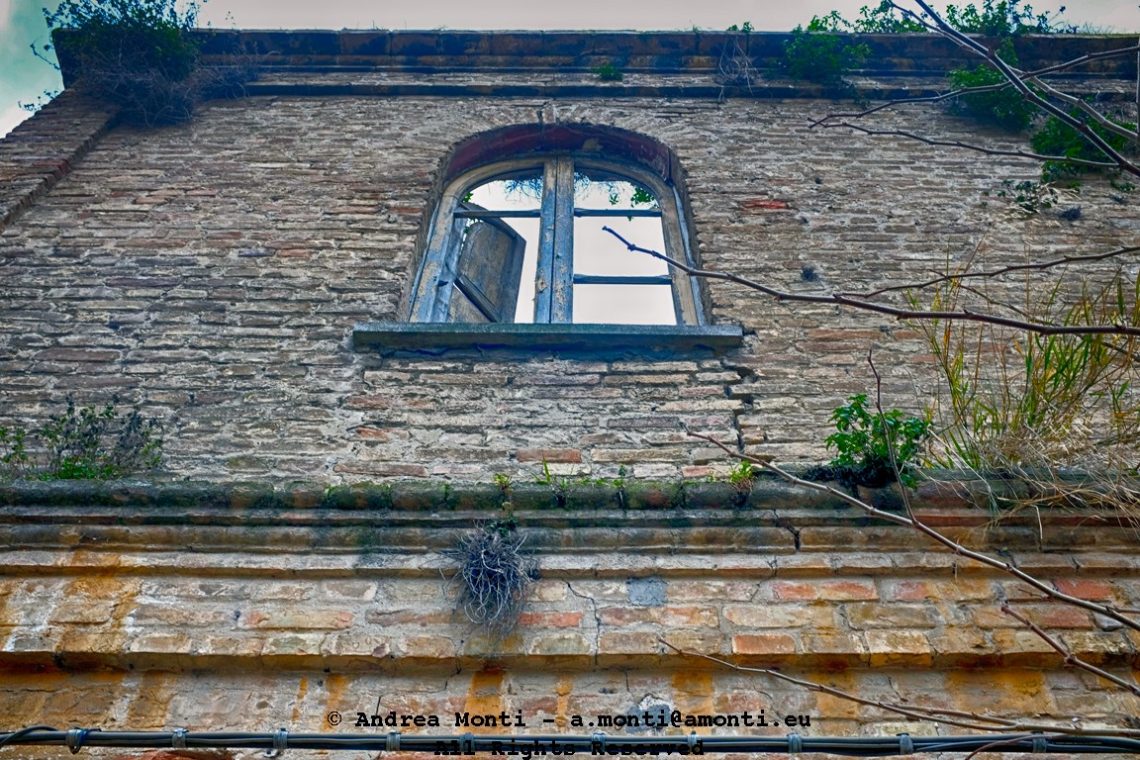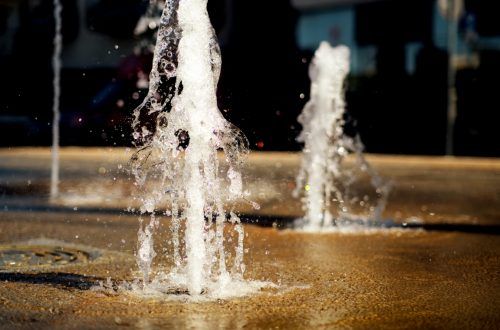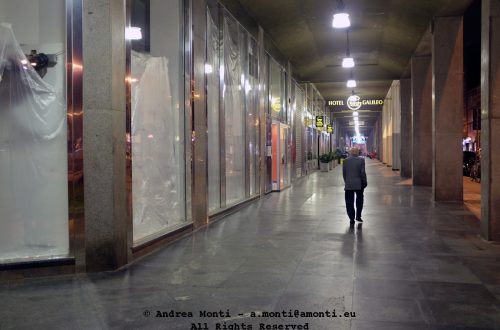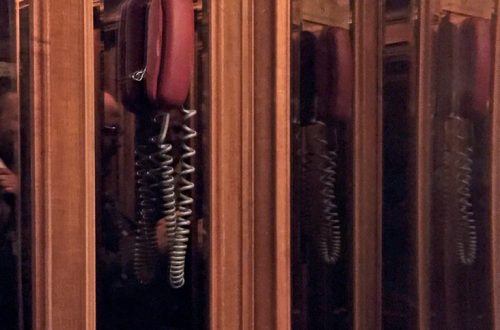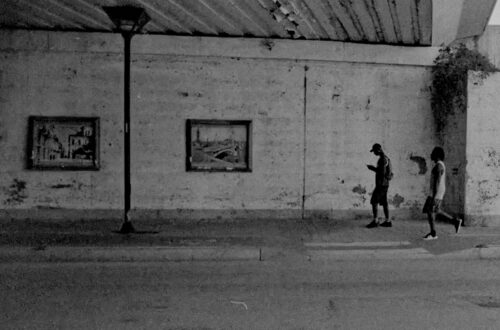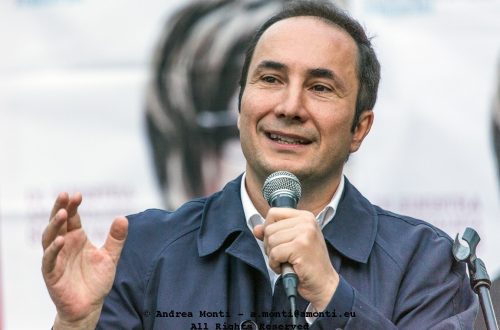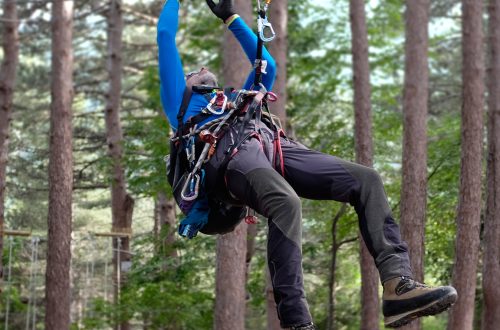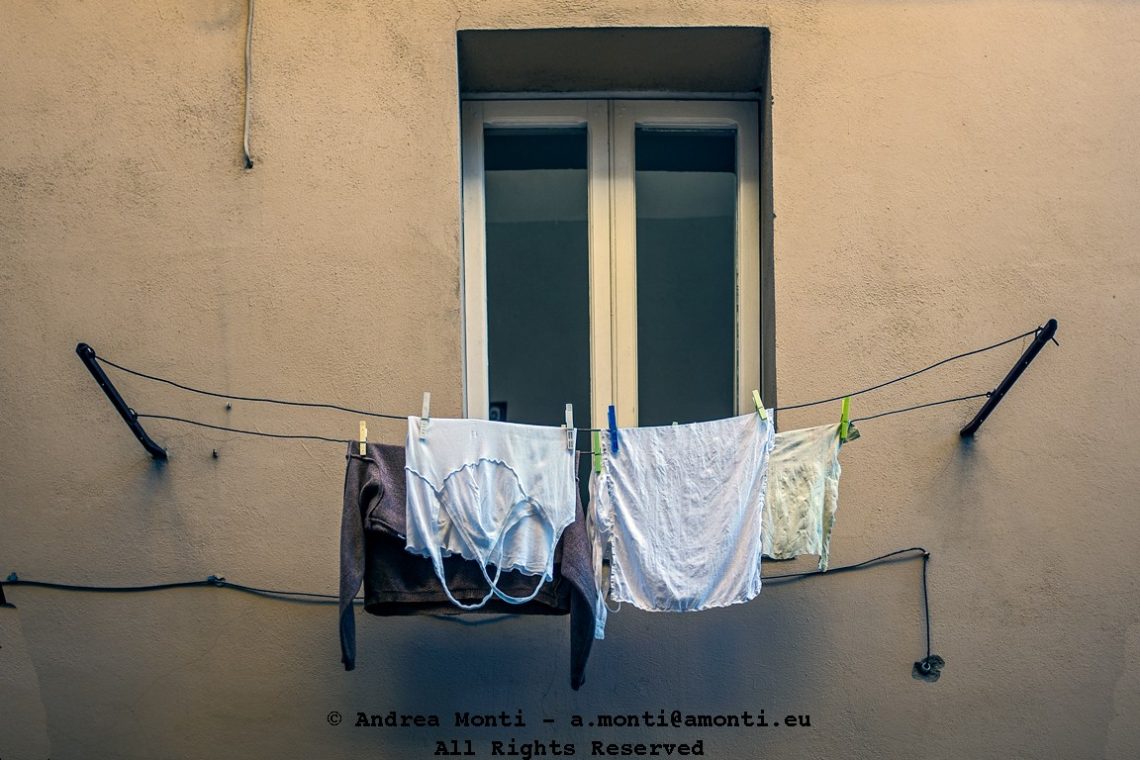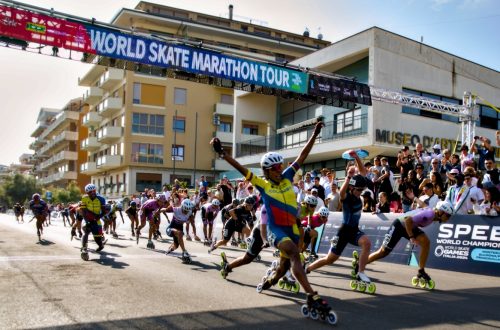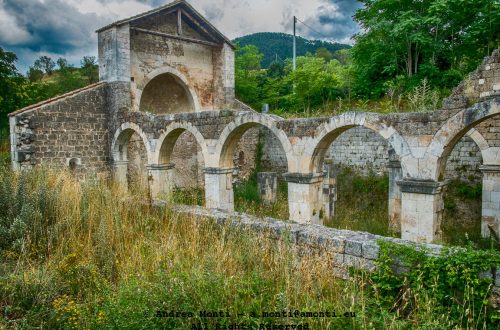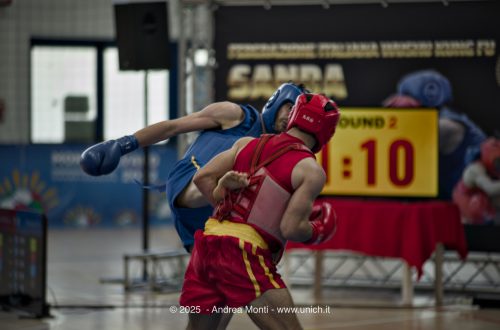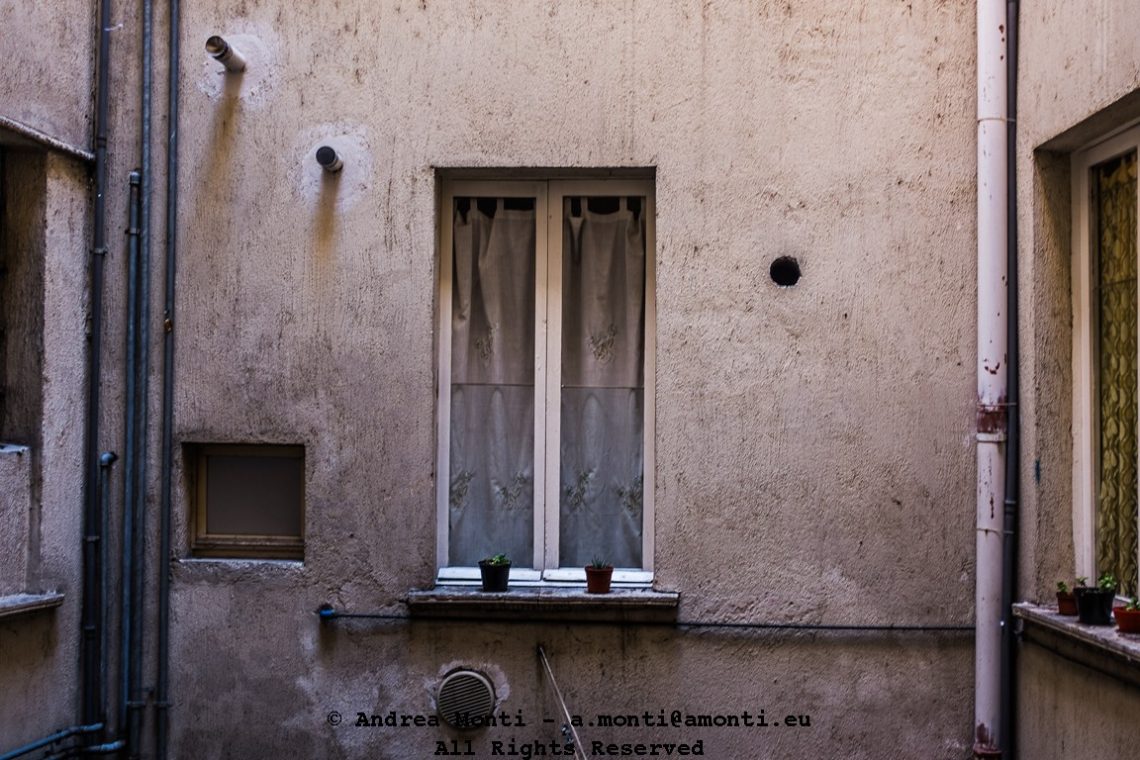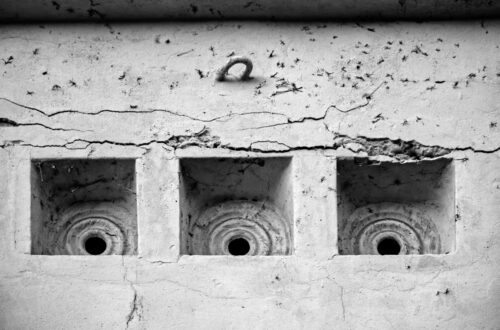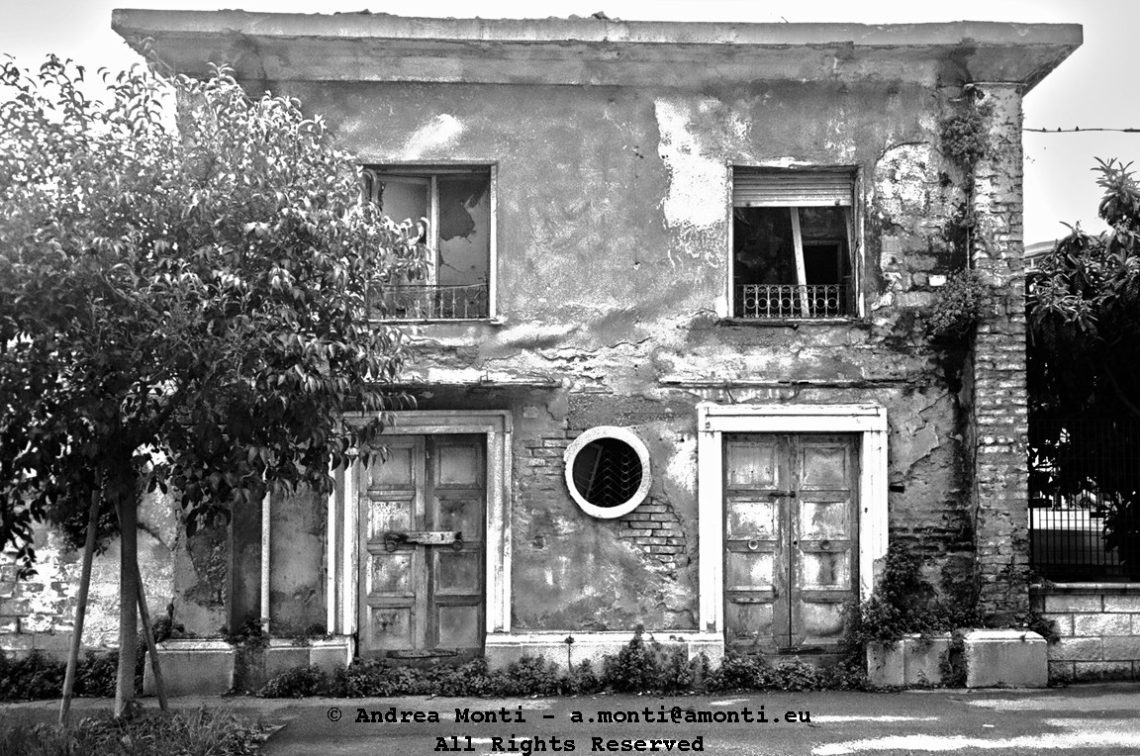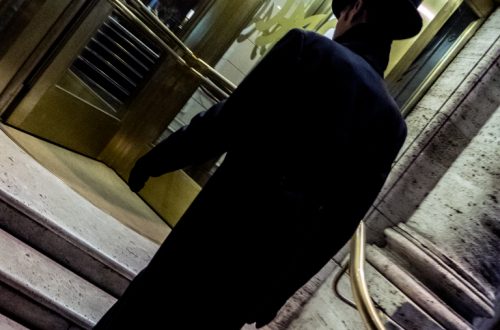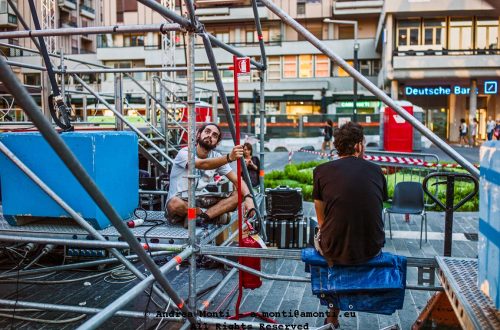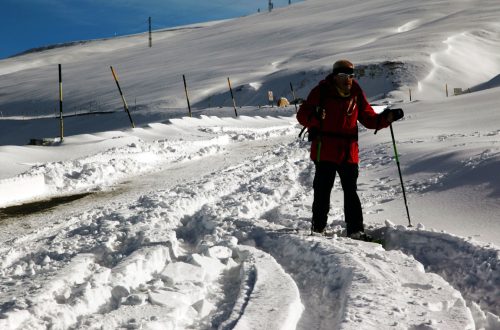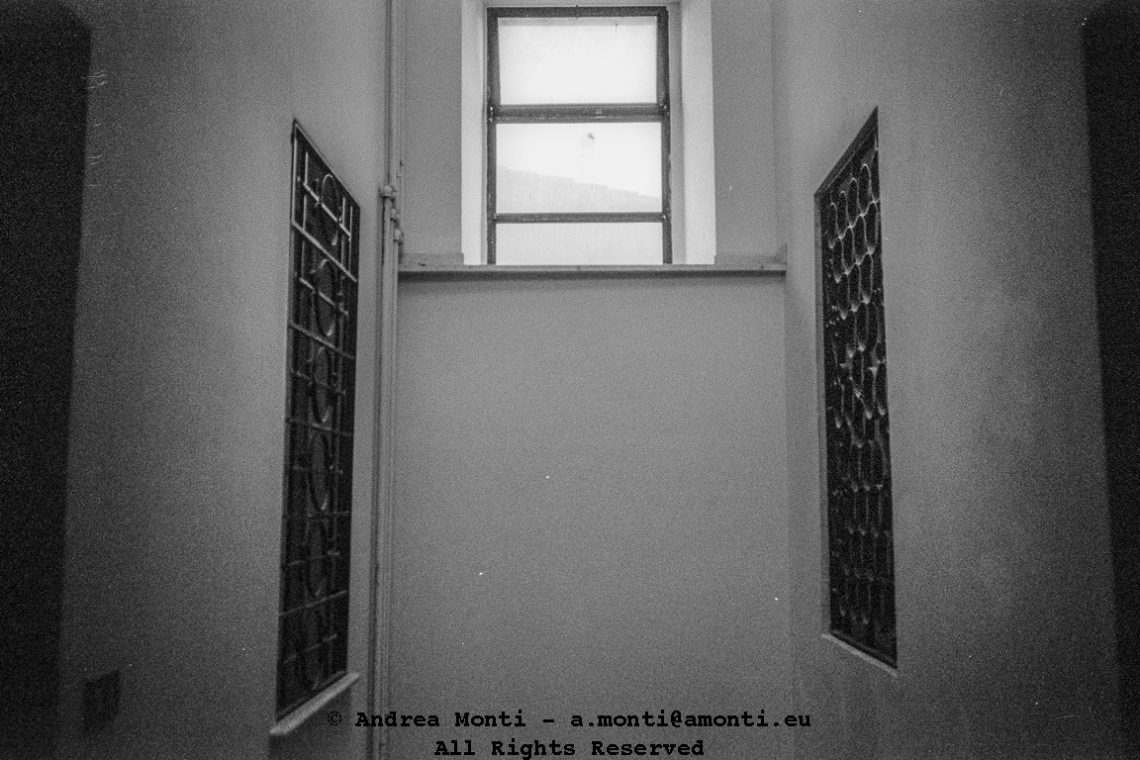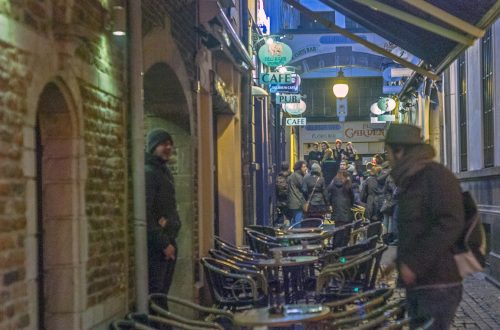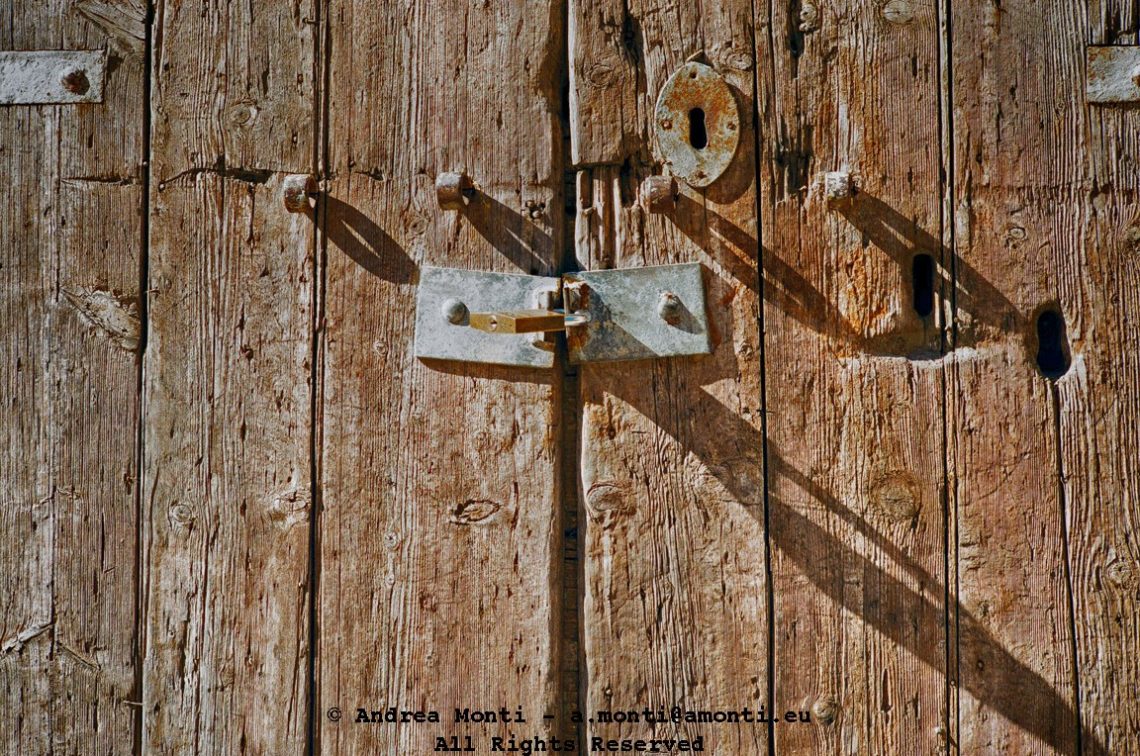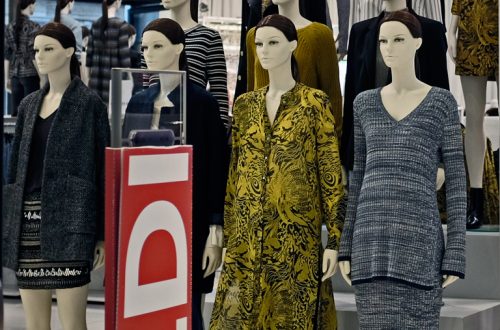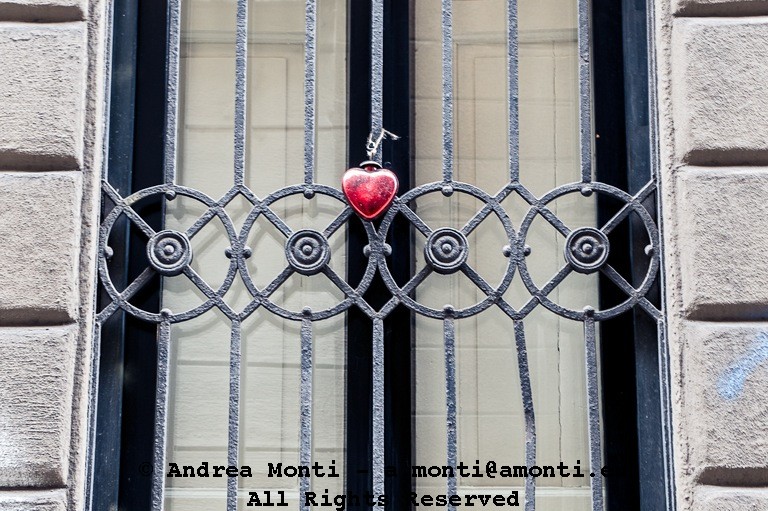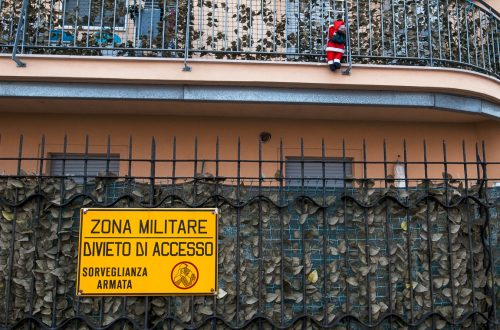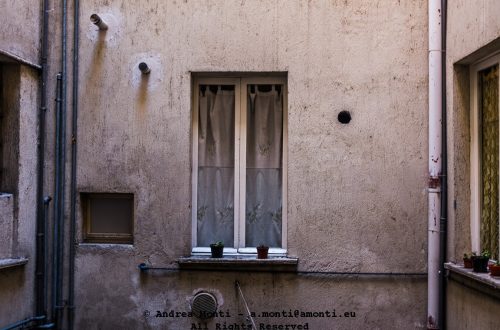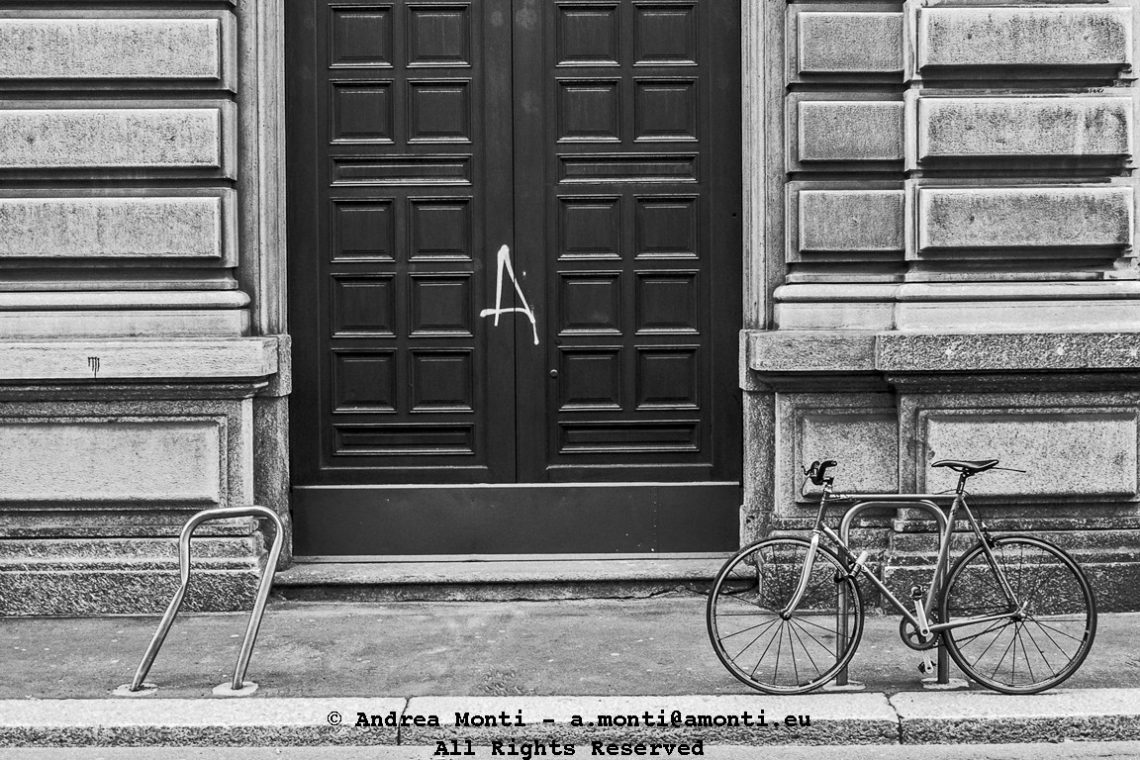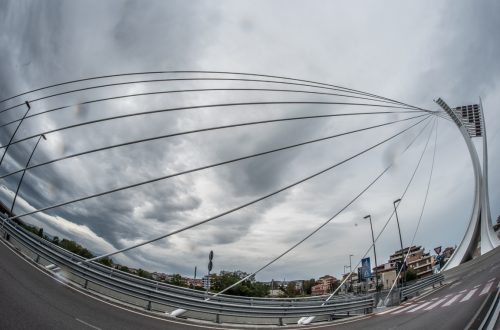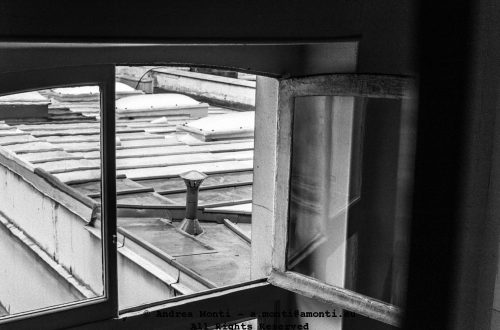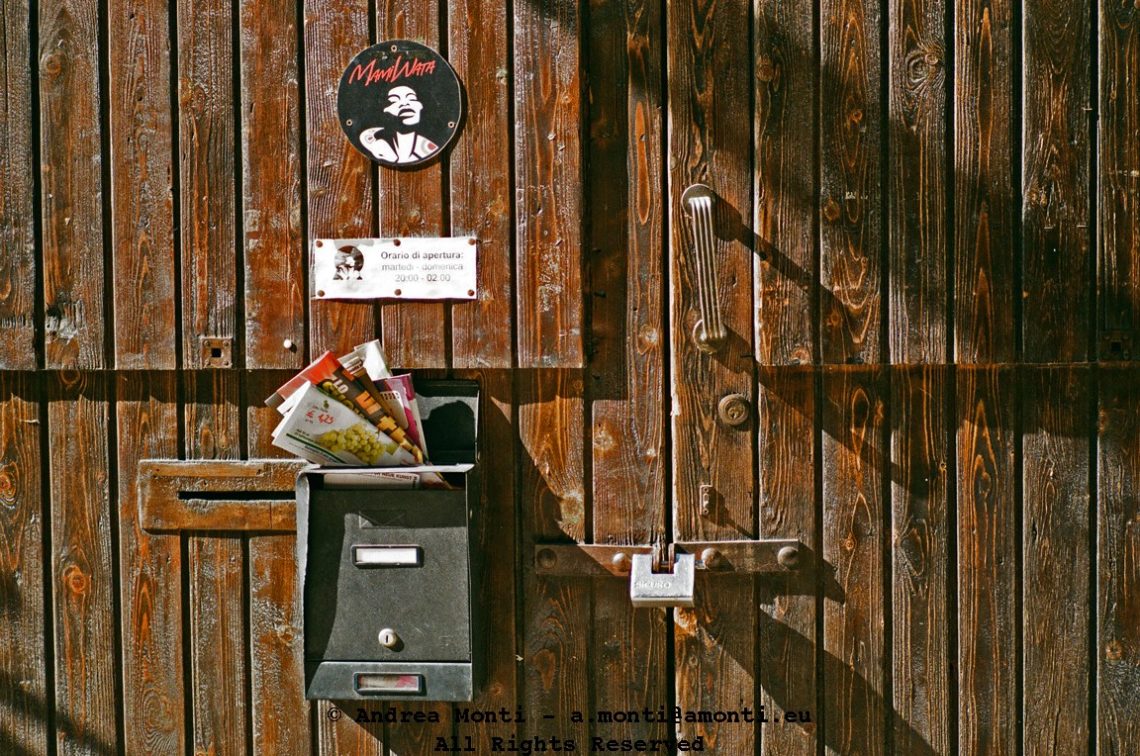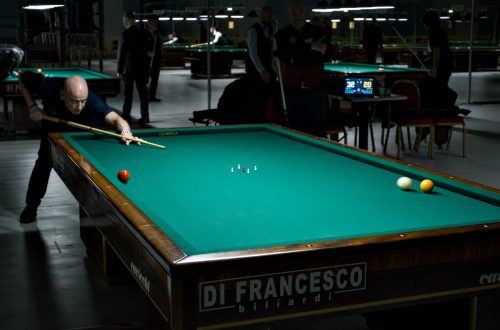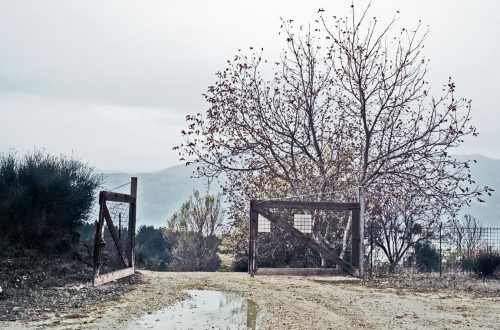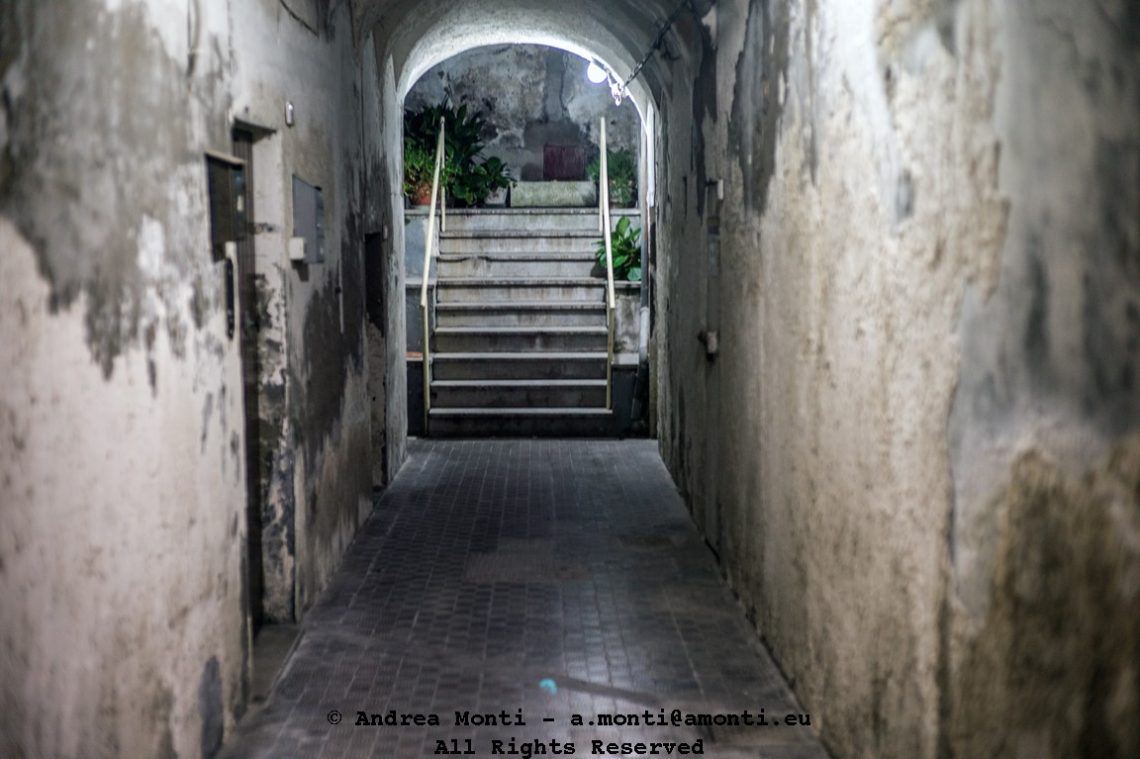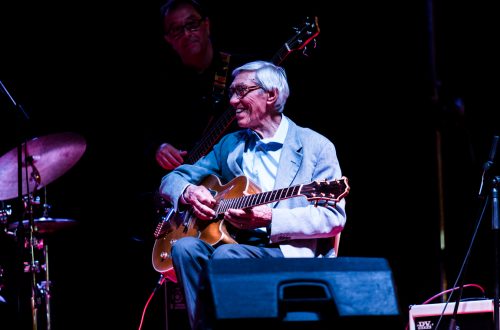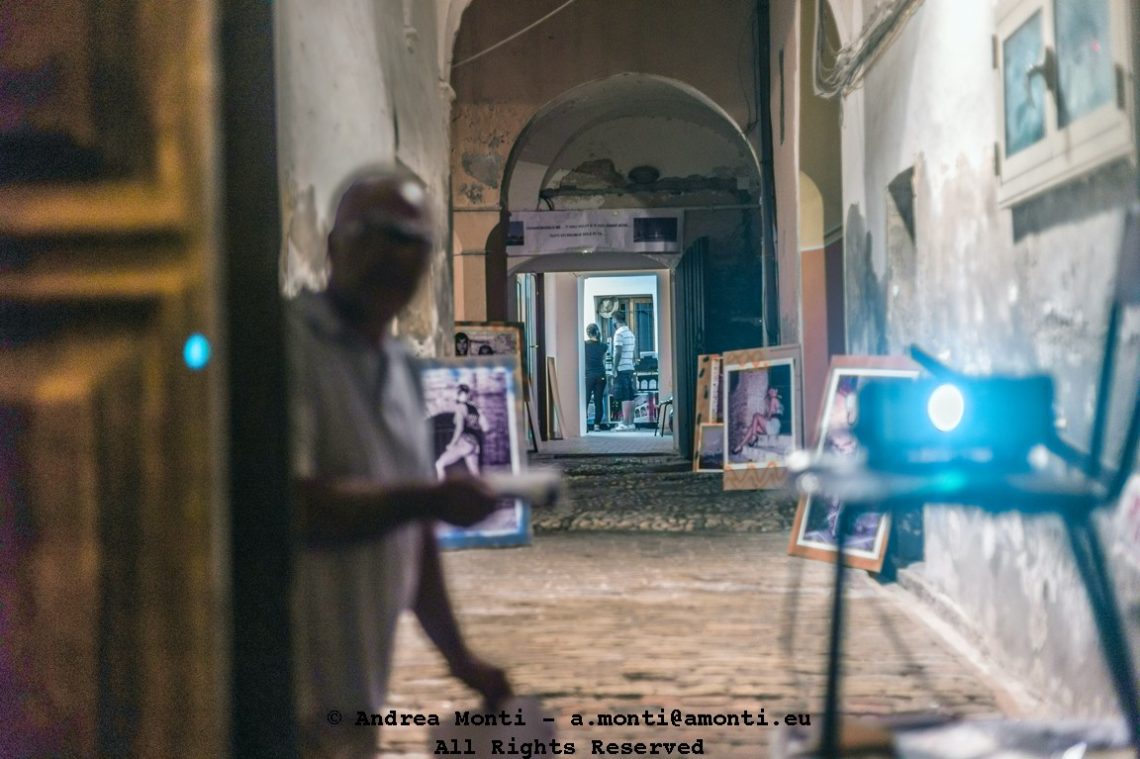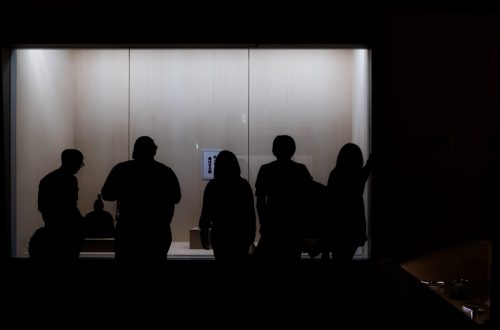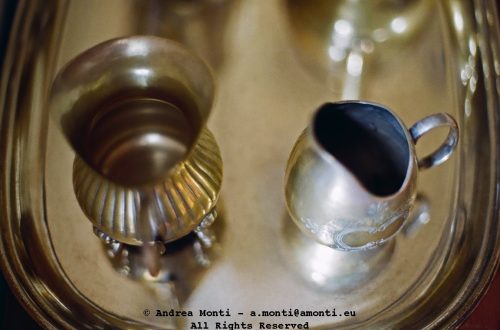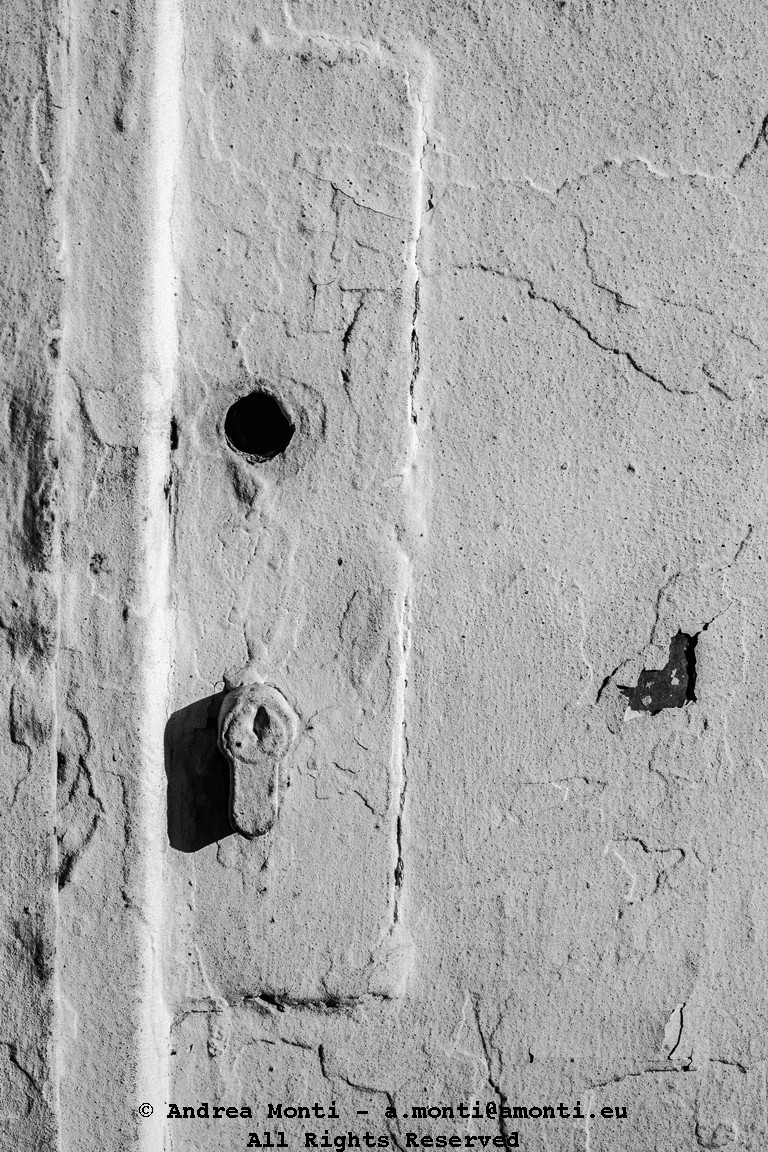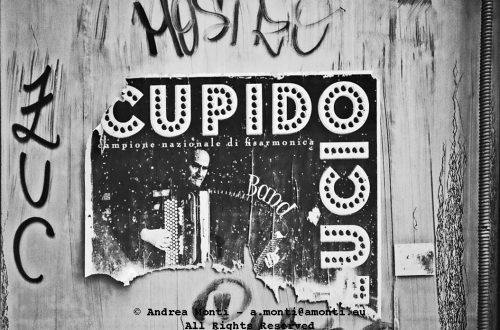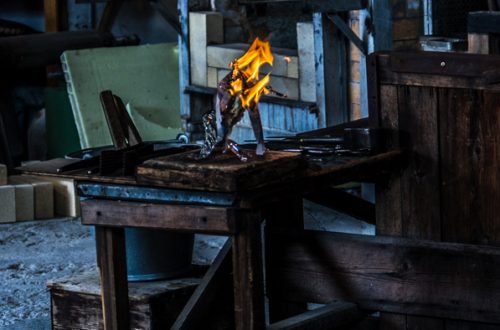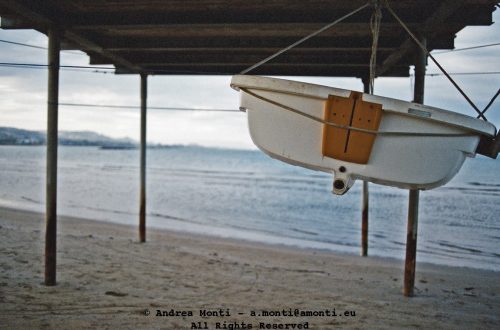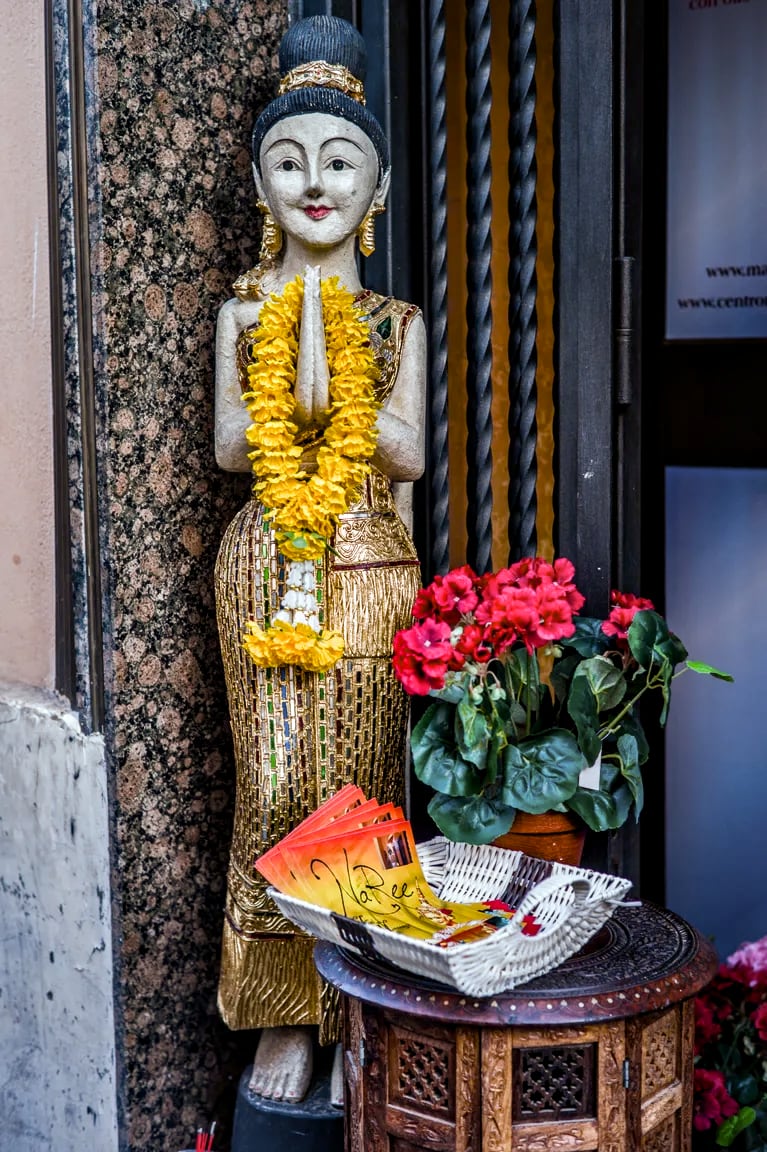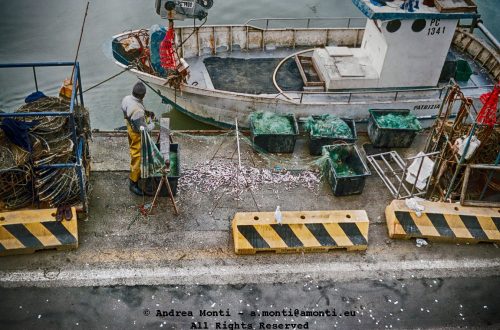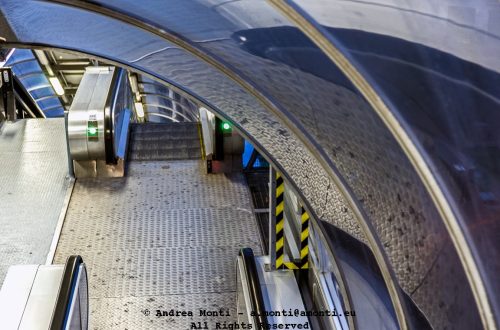-
Powermeters
This photo was taken with an Ilford XP2 Super 400, a Voigtländer Bessa R2 and a Voigtländer 35mm f/1.4 II lens. The film was digitised using a Pentax K-1 and a Pentax FA 100/2.8 Marco mounted on a custom-built rig. The resulting raw was processed in Affinity Photo. In Develop Persona, first the image was turned in black and white, then the master curve was intverted and finally exposure, contrast and other parameters were tweaked.
-
The Mystique of Film
I have resisted for a long time before giving out my two cents about the neverending debate ‘film vs digital’. I gave up after the next self-delusion I read in a well-known ‘semi-pro’ (purposely not linked) online photography magazine. It featured the umpteenth column explaining how shooting film ‘gets the experience back’, going full-manual ‘forces you thinking’, having limited exposures ‘pushes you to become more selective’, and all the usual motives connected with the choice of travelling on a horse-powered chariot instead of using a regular car. There is no need to shoot film to experience all that. Set the camera on full manual, disable OIS and IBIS, use a…
-
Drying Clothes
-
The Answer is On the Wall
When I first saw this wall, I knew immediately that it had to be photographed. Not because it was particularly ornate or historically significant, but because of the simple red digits painted on its surface: 42. For anyone who’s read The Hitchhiker’s Guide to the Galaxy, this number isn’t just a number—it’s the number, the answer to life, the universe, and everything. And yet, here it was, not in some cosmic landscape, but on a weathered patch of brick and peeling paint. From a compositional standpoint, I kept the frame tight, letting the number sit just off-centre enough to avoid perfect symmetry. The texture of the wall does as much…
-
A Couple of Windows
-
The Prisoner’s View from the Sospiri’s Bridge
There is a certain poignancy in photographing through a barrier. The eye is forced to acknowledge not only what is visible but also the fact that the view is restricted, filtered, mediated by an obstruction. In this case, the lattice of stone from Venice’s Ponte dei Sospiri frames the canal beyond like an unwilling picture frame — one that speaks of confinement, not choice. From this vantage point, gondolas glide lazily beneath a small bridge, their passengers unaware of the weight of history pressing against the vantage point from which we watch them. The image is built on the interplay between sharpness and softness: the stonework in the foreground is…
-
Frames for Sale at Via Margutta
I was walking along Via Margutta when the geometry in this shop window stopped me cold. Two empty frames leaned against the glass, one upright, the other tilted sharply as though it had slipped out of formation. Behind them, more frames receded into the dim interior, creating an optical echo — rectangles within rectangles, stretching away into the dark. I shot it in black and white film, embracing the grain and high contrast that the low light demanded. The texture is almost intrusive, but it adds a grit that feels appropriate for a street scene late in the evening. Exposure was tricky: I wanted to preserve the fluorescent highlights inside…
-
Cold Stuff
-
Stinky Shoes
I didn’t stage the boots. They were already there — resting, waiting, perhaps forgotten. Red leather, worn smooth at the toes, zipped and upright like sentries. The scene caught my eye not because of the shoes themselves, but because of their place within this cage of repetition: iron grille, mesh netting, and behind it all, the geometry of a city reflected in the glass. The photograph rests on layers. Foreground: a net that seems both to protect and to obscure. Midground: the wrought iron, rusted and ornate, Victorian in its stubborn elegance. Background: the shoes. And beyond them, windows reflecting windows. This multiplicity of frames becomes the structure of the…
-
Trespassed
-
Open Window
-
Winter Leaves
-
The Drying Machine
-
An Old Wi(n)dow
-
A Haunted(?) House
-
Windows
The photograph isolates a stark interior: two narrow barred windows flanking a central wall, and above them, a single rectangular window letting in pale light. Geometry dominates—verticals and horizontals align, while the bars break symmetry with their irregular grid. The result is a study in confinement and release, the eye inevitably drawn upward toward the light source. Composition is strict, almost architectural. The side windows anchor the lower frame, their darkness reinforcing the weight of the walls. The brighter upper window, positioned centrally, becomes both focal point and escape. Depth is minimal; the flatness of the surfaces intensifies the sensation of enclosure. Technically, the black and white treatment enhances austerity.…
-
The Lost Lock
The photograph is focused on the weathered surface of a wooden door, its grain worn deep by time and use. At the centre sits a latch, secured by a small brass pin, surrounded by the scars of previous fittings. Above it, oversized keyholes mark the door’s history of repairs and replacements, each shadow stretching long across the wood in the midday light. Technically, the image is about texture and shadow. The exposure favours the roughness of the timber, rendering every fissure and nail hole in sharp detail. The sunlight is strong, but instead of washing out the surface, it enhances contrast, pulling the metallic coldness of the lock against the…
-
Hanging Heart at via Olmetto
Taken in Milan, this photograph is built around a single point of chromatic and emotional focus — a small, glossy red heart suspended from the centre of an ornate iron grille. The restrained colour palette of the stone façade and dark metalwork works to its advantage, ensuring the heart becomes a magnetic anchor for the viewer’s gaze. The pattern of the wrought iron, a chain of interlocking circles bisected by vertical bars, lends the image symmetry and rhythm, subtly broken by the heart’s irregular organic shape. The composition is tightly framed, allowing no distraction from the relationship between object and setting. The verticals of the grille are aligned with precision,…
-
A
Some photographs are built on complexity — overlapping narratives, layered subjects, visual chaos distilled into coherence. This one is built on the opposite: a single, dominant letter and the deliberate restraint of elements. The capital “A” scrawled across the double wooden doors becomes both subject and statement. Whether an anarchist mark, an initial, or just a passing act of vandalism, it punctuates the otherwise rigid, formal architecture. The geometry of the building — rectangular panels, horizontal mouldings, the granite base — forms a rigid grid, and into this grid the bicycle is quietly inserted, its own triangles and curves breaking the dominance of the rectangles without challenging their order. Technically,…
-
Out for a While
… or gone forever?
-
Stairway to nothing
It was the kind of place you don’t really notice. A narrow passage, cracked walls, peeling paint, dim light. The kind of corridor you pass through without stopping. Unless you’re carrying a camera—and a little curiosity. I called this frame Stairway to Nothing when I first saw it on the screen. The name came unprompted. It just fit. The stairs are real, but lead to… what, exactly? A dead-end, a blank wall, maybe a half-forgotten door. You get the sense there was once purpose here—function, traffic, even a rhythm. Now it’s just remnants. A railing to hold on to, steps still intact, pots of green fighting back against the concrete. This wasn’t…
-
Come on in…
What will you find at the end of the corridor? The frame pulls you inward. The eye enters through the shadowed foreground, past the blurred figure standing half in, half out of the light, and begins its slow walk down the corridor. The walls, cracked and weathered, carry the patina of time. Arched ceilings recede rhythmically, each arch framing the next, each doorway leading you further inside. Along the path, framed photographs lean against the walls, their colours softened by the dim light. They are not hung with formality; they rest casually, like travellers waiting to be claimed. The projector to the right hints at moving images, yet here, everything feels…
-
EOS-M. Tips and Results For Street-Photography
In the quest for an acceptable use of my Canon EOS-M I think I’ve finally found a way to exploit my M-mount lenses after the poor experience with the LCD focus. The last two exposures posted, this and this, have been shot with a Carl Zeiss T* Biogon 35/2,8 through zone-focusing, while the picture of this post has been manually focused using the EOS-M’s 5x magnification feature. In both cases the results are more than acceptable, giving a new life to this severely limited camera. All I can say is that is true what seasoned photographers use to say about the cameras: as soon as you get acquainted with your…
-
A Little Of Thailand In Rome
Walking through Rome, it’s always the unexpected juxtapositions that stop me in my tracks. This small corner, framed by a weathered marble wall on one side and the muted sheen of a modern doorway on the other, holds a Thai welcome — a statue draped in marigold garlands, hands pressed together in the wai greeting, a silent gesture of hospitality transplanted far from its native home. From a compositional standpoint, I went for a straightforward, vertical framing to preserve the integrity of the statue’s posture. The side table in the lower right, with its offering of flowers and folded leaf packages, gives a cultural context that anchors the image. The…
